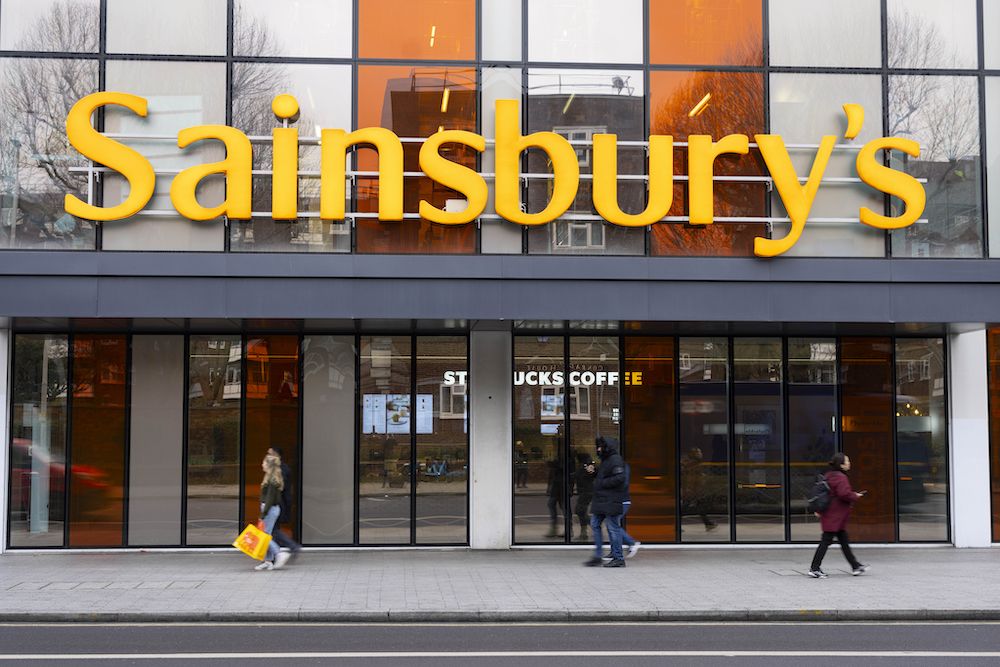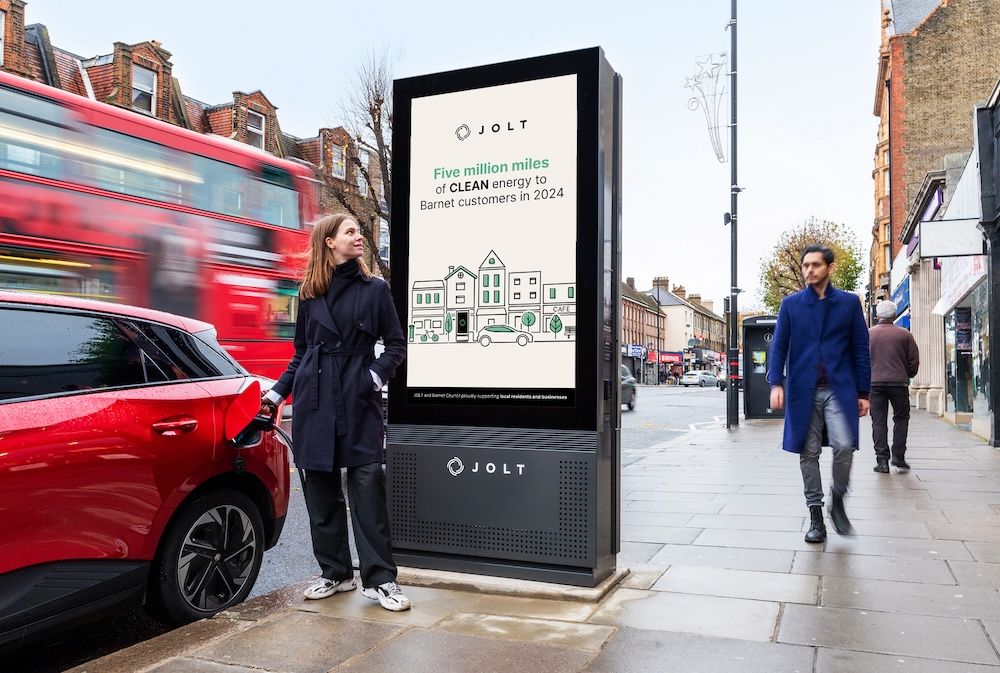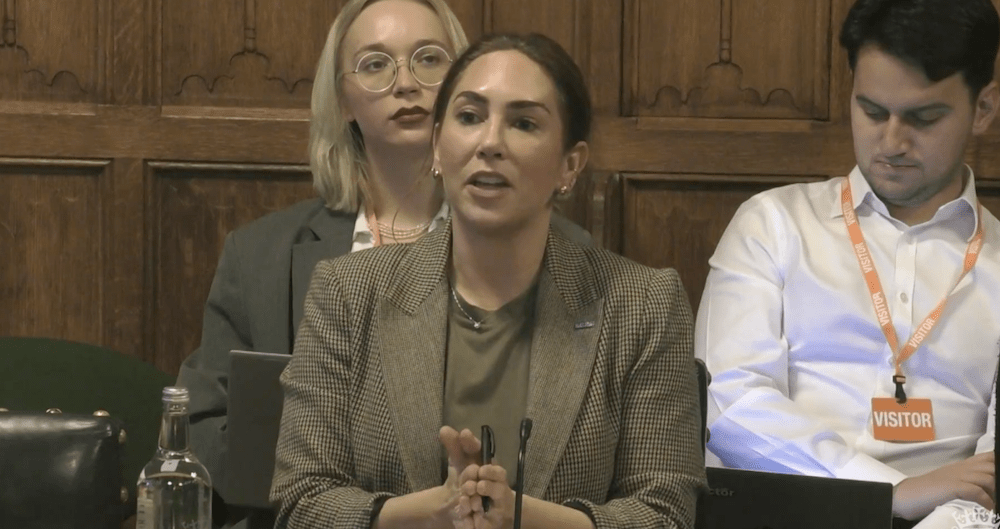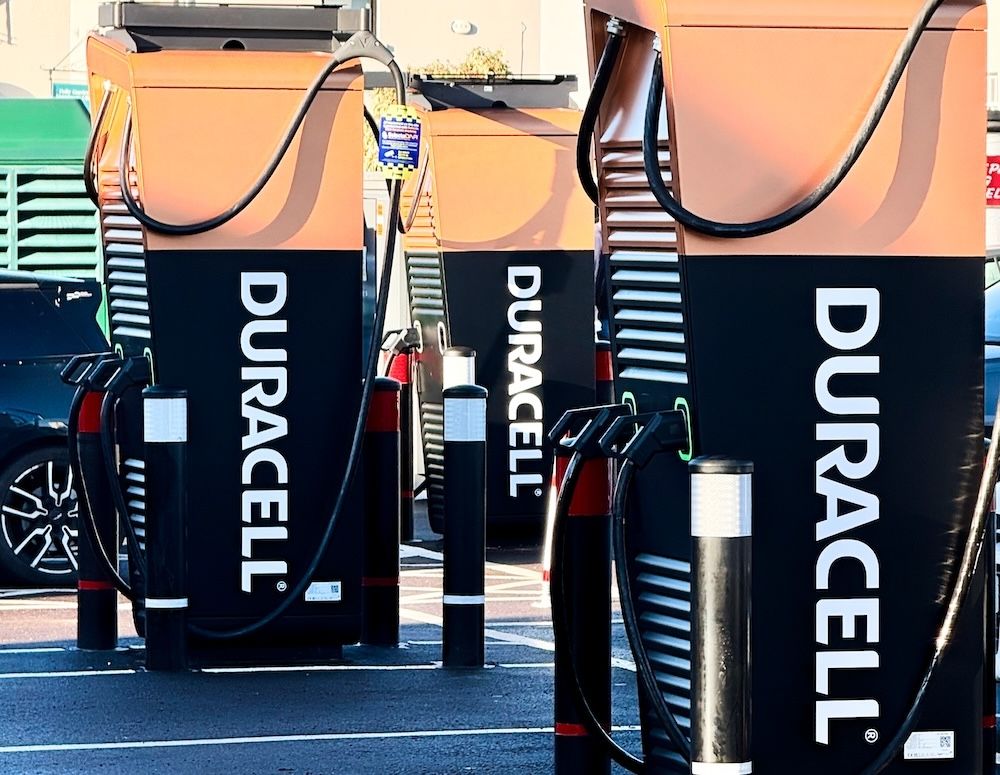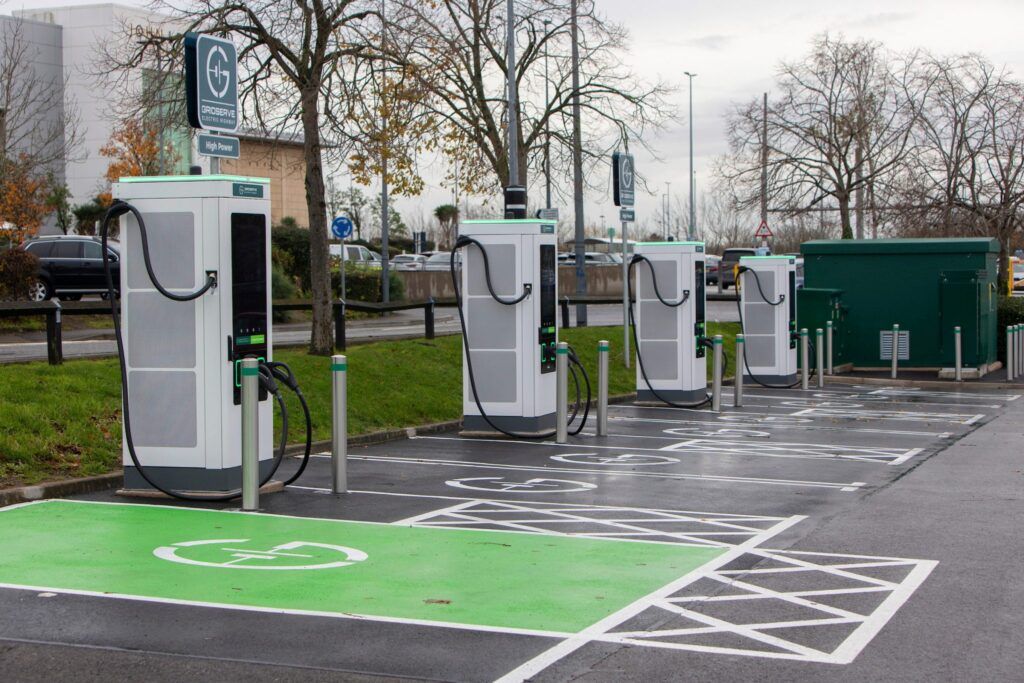Retailer Sainsbury’s is set to use food waste into fuel for a number of its HGV trucks as part of its decarbonisation of its logistics operation.
From March, the initiative will see biofuel produced directly from Sainsbury’s food waste power 30 trucks at its Emerald Park distribution centre, half the site’s fleet.
This will save over 3,000 tonnes of carbon dioxide annually, equivalent to the yearly electricity consumption of 1,950 households.
Waste processor RenECO currently works with Sainsbury’s to turn food waste that can’t be donated or used for animal feed into biogas via anaerobic digestion.
The circular system will now use the output of this anaerobic digestion, the biogas, to create a liquid biofuel suitable for HGVs.
Unlike traditional methods that mix certified biomethane with non-renewable gases, the system ensures all fuel comes directly from Sainsbury’s waste, it said.
By working together, the retailer and supplier have shown how collaboration is key to unlocking new ways of reducing environmental impact, it added.
The circular system also allows for precise tracking of carbon emission reductions, contributing to Sainsbury’s scope 1 & 2 emission reduction target.
Patrick Dunne, Sainsbury’s Director of Property, Procurement, and EV Ventures, commented:
“Today’s announcement underscores the power that collaboration has in driving impactful change across business.
“We are proud to have worked closely with our supplier RenCo to deliver a pioneering move that supports our commitment to circularity and helps us to take a further step towards becoming net zero across our operations by 2035.”
The news comes as Transport + Energy launches its Fleet Electrification Forum this year. Find out more information here.
Image courtesy of Sainsbury’s



